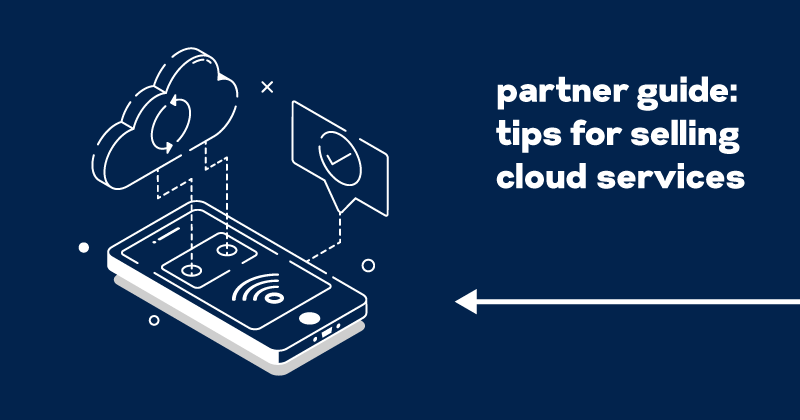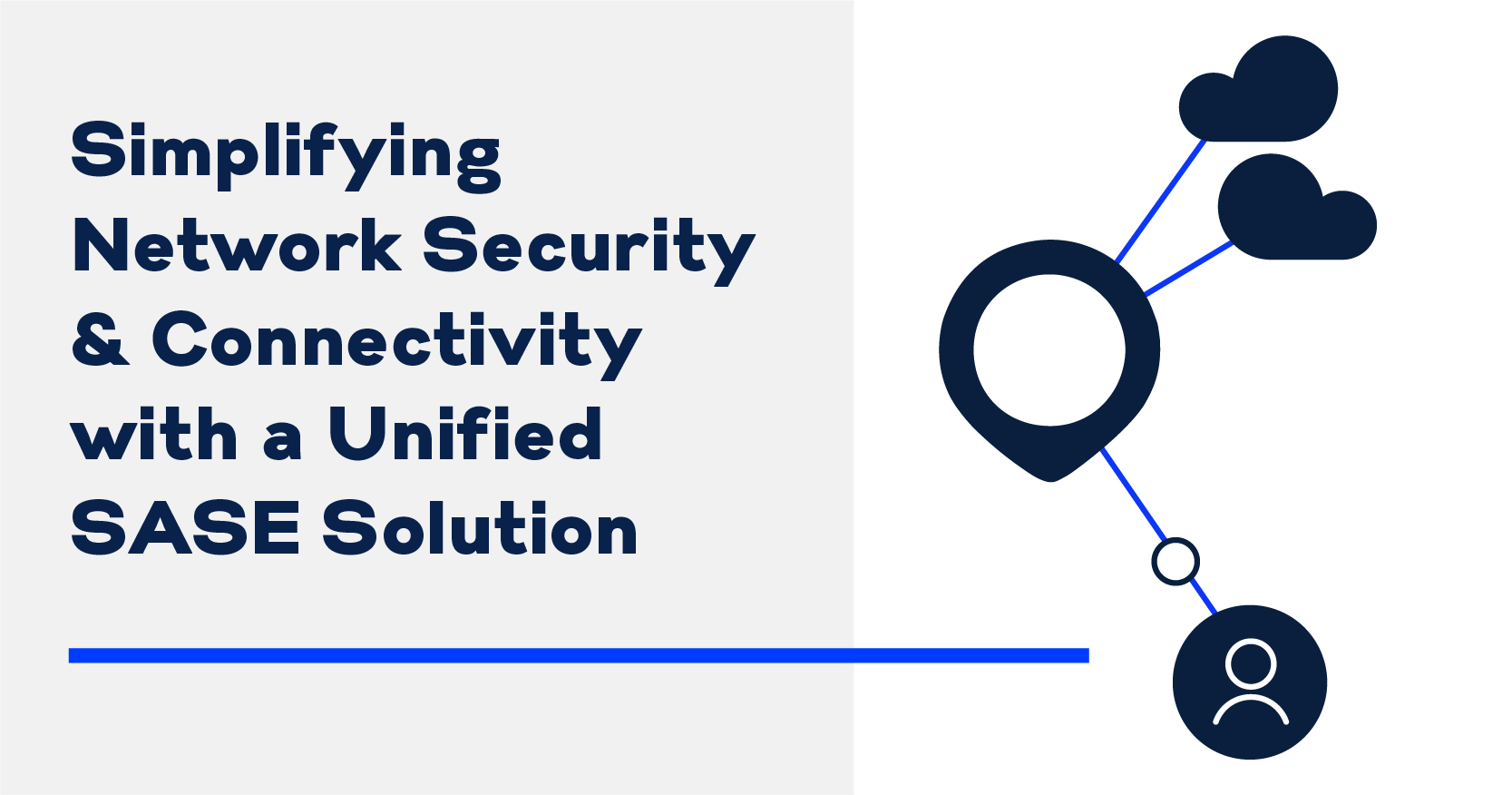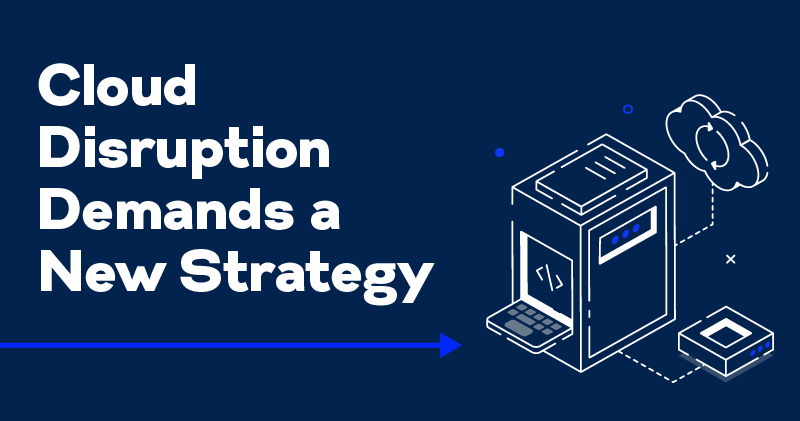Partner Guide: Tips for Selling Cloud Services

It doesn’t matter if you’re a value-added reseller, white label reseller, MSP, or another type of partner. If you’re selling cloud services, chances are you want the endeavor to be as profitable and worthwhile as possible.
Making that happen typically requires selling cloud services to a greater number of customers or selling more cloud and related services to each customer. In both cases, you’re gaining increased recurring revenue. (Markups and profit margins play a role as well.)
You already know how to sell. It’s what you do. But how do you “sell more,” whether it’s selling more cloud services or selling cloud services to more customers? Every organization is unique, so a lot will depend on how you operate your business, your business goals, your selling strategies, and other variables. However, there are some “cloud selling best practices” that may help.
Understand the Pain Points
Take the time to understand your prospects’ businesses, what their goals are, how they’re using technology, and what problems or needs they think a cloud solution can solve.
It’s particularly important to learn about their pain points. What keeps them up at night? What challenges are they trying to overcome? Do they currently have technology or cloud solutions in place that aren’t delivering what they need?
The pain points may not always have to do with a business goal. For example, some customers may need assistance in making a business case for cloud solution to win over upper management. Listening is key. Digging deeper is critical.
Communicate Business Benefits
Of course, you’ll want to share all the typical benefits the cloud offers, such as scalability and speed. But make sure to communicate the business benefits as well such as the opportunity to reduce capital expenses or mitigate business-disrupting downtime. Be prepared to discuss both types of benefits, and provide case studies or examples if possible to back up what you’re sharing.
Be a Consultative Partner
Buying technology solutions is a significant undertaking for most organizations. Most decision-makers seek out advice or recommendation from reliable sources before making major technology purposes. Position your organization as that source. Be objective. Talk about the advantages and disadvantages of various options. Inspire trust. It’s a great way to help convert prospects to customers and, oftentimes, earn referrals and future work.
Simplify Service Offerings
Read your customers and get a sense of their comfort level. Don’t try to bundle too much together in terms of technologies and options. Even the most tech-savvy customers appreciate options that are easy to evaluate.
You may need to go with simple solutions initially, particularly those that don’t require multiple licenses (unless licenses are part of the solution or customers can use their own). Or create value-added bundles that meet customer needs but simplify billing. Whatever you can do to make it easy will be greatly appreciated.
Provide as much education as possible to help your prospects understand their options. Once your customers are comfortable with cloud services, you can help them move to more complex, robust solutions.
Chart the Journey
There’s a lot of talk about the “cloud journey,” and for good reason. Adopting cloud services isn’t an all-or-nothing endeavor. Help your prospects understand how the journey can work. Emphasize there is no right or wrong path to take; it’s all about what works for the customer. It’s also okay to change directions. The idea is to take small steps that can get the customer to a destination – and then determine if there are more places to go. Provide examples of how various cloud services can be adopted over time, solving immediate problems, as well as how they can help with bigger initiatives like digital transformation.
Educate Your Existing Customers
One of the primary targets for cloud sales should be your existing customers. If they’ve already procured basic cloud services, like a SaaS solution, they may now be ready to move forward in their cloud journey.
While customers may understand the cloud service they currently have, they may not fully understand what else is available, how it works, the benefits it offers, and what’s entailed in making it happen.
This is another opportunity to help educate your customers. This can be done through one-on-one sessions or presentations, webinars, informative emails, white papers, or other activities. Again, the CSP you’re working with can help. migrations.
Security
Security continues to be among the major deterrents – or at least causes for hesitation – to cloud adoption. The frequent, well-publicized occurrence of cyberattacks doesn’t help.
Help prospects understand the inherent security of the cloud and how potential vulnerabilities and data risks can be mitigated with security-focused cloud architecture and stringent security protocols.
Chances are the CSP you’re working with can provide information on its security mechanisms, protocols, and things like regulatory compliance to help make the case for a secure cloud solution.
If managed security services are part of your service portfolio, make sure to explain what’s available and the benefits they offer.
Promote Support and Service
A cloud solution is just one part of the equation. The ongoing service and support can make a big difference. Communicate any and all support options and benefits available to your customers. If 24/7/365 support is available, make that known. Communicate how the customer should reach out for help if and when needed – and what they can expect.
The Benefits of Small
The big-name CSPs obviously have the “big names.” But big names don’t always equal great service. If you’re selling cloud services from smaller (yet highly reputable) CSPs, promote the benefits they offer in contrast to what the bigger CSPS offer. Personal attention, flexibility, and customization are likely among them. Those are important benefits for companies that need to be agile and/or have special needs. Work with the CSP to craft appropriate messages and examples to prove them.
Use Demos
If demos are available from CSP you’re working with, take advantage of them. There’s no better way for a potential customer to understand how a solution works than to try it themselves – with you helping to guide them. It’s another way to partner with your customer and doesn’t require an investment on your part or your customers.
Talk to US Signal
If you’re interested in more ideas for selling cloud services, US Signal has them ─ as well as an abundance of tools and tactics to help. Learn about our partnership opportunities and resources.



